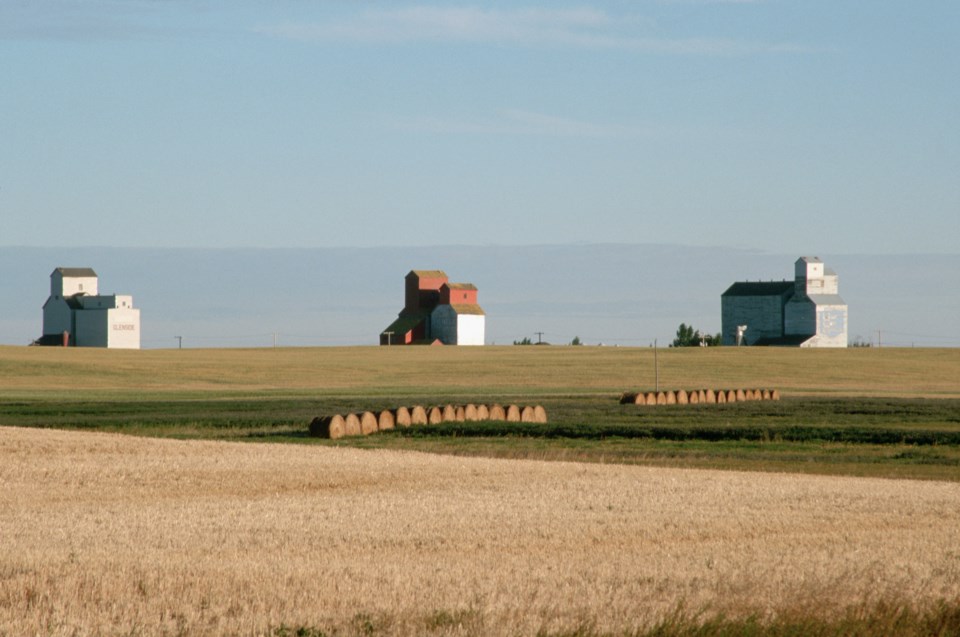Rural depopulation has been an inevitable consequence of farm consolidation as smaller farms get bigger, and bigger farms get bigger still.
The decades-long move in this direction may have allowed existing farm operators to capitalize on economies of scale, but it has also wreaked havoc with prairie towns and villages.
Fewer farm families mean fewer kids in school, fewer customers for local businesses and fewer volunteers to keep communities’ social fabric intact.
Combine that with grain handling consolidation and rail line abandonment and the writing on the wall is all too clear for many once-thriving communities.
But not every community has given up.
Kirriemuir, Altario and Compeer and the nearby communities of Consort and Veteran in east-central Alberta are one example.
Faced with declining populations, these communities decided to do something about it.
Residents started with the school, adding a student-led farm that has increased enrolment and attracted new families to the community. They also developed a strategy that defined goals to better develop services. Many of those goals have been met, including establishment of a pre-school.
Community leaders say it wasn’t easy and the work continues, but their efforts show it can be done.
While this strategy might not work elsewhere, the community proved that developing a long-term vision and working together can pay dividends.
Of course, communities have to want to work together, and that’s not always the case.
In the Canadian TV show Corner Gas, the residents of Dog River would spit every time the neighbouring town of Wullerton was mentioned. It was a funny gag, but the truth in that gag can be a hindrance when attempting to stem rural decline.
We’ve heard stories of two neighbouring church congregations, both failing, that could not merge into one thriving body simply because they were unable to find enough common ground.
And while rural revitalization depends on new blood, some communities struggle with putting out the welcome mat.
There are a variety of ways to bring new people into rural communities. A more attractive school is one, and so are new industries and encouraging city folk to move to a more attractive rural lifestyle while continuing to do their city-based jobs remotely.
But these newcomers must be made to feel welcome if they are to stay and create solid relationships in their new home.
There must also be greater willingness to build bridges with another section of rural society that isn’t made up of newcomers — the Indigenous population.
In 2021, the Canadian Rural Revitalization Foundation published the report, ”State of Rural Canada 2021: Opportunities, Recovery and Resiliency in Changing Times.”
The authors wrote that 40 per cent of potential entrants to the workforce in rural Manitoba and 35 per cent in rural Saskatchewan identified as Indigenous, compared to four per cent in urban Canada.
“In these provinces, successful rural development going forward will necessitate successful political, economic and social development for all Indigenous peoples and communities,” the report said.
“More attention is needed to reverse exclusion from economies, build inclusive development and illuminate the vital role of Indigenous-led development strategies, as well as settler-Indigenous relations.”
Welcoming First Nations into the broader community goes beyond jobs and economic development, whether that be schools working together or more social engagement.
Rural revitalization may sound daunting, but applying the same spirit that built these communities in the first place is a great place to start.
Karen Briere, Bruce Dyck, Barb Glen, Michael Robin, Robin Booker and Laura Rance collaborate in the writing of Western Producer editorials.




